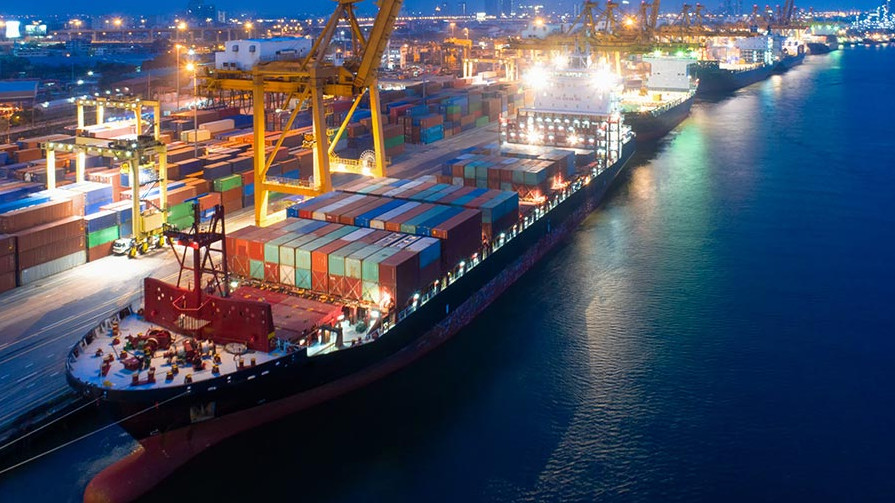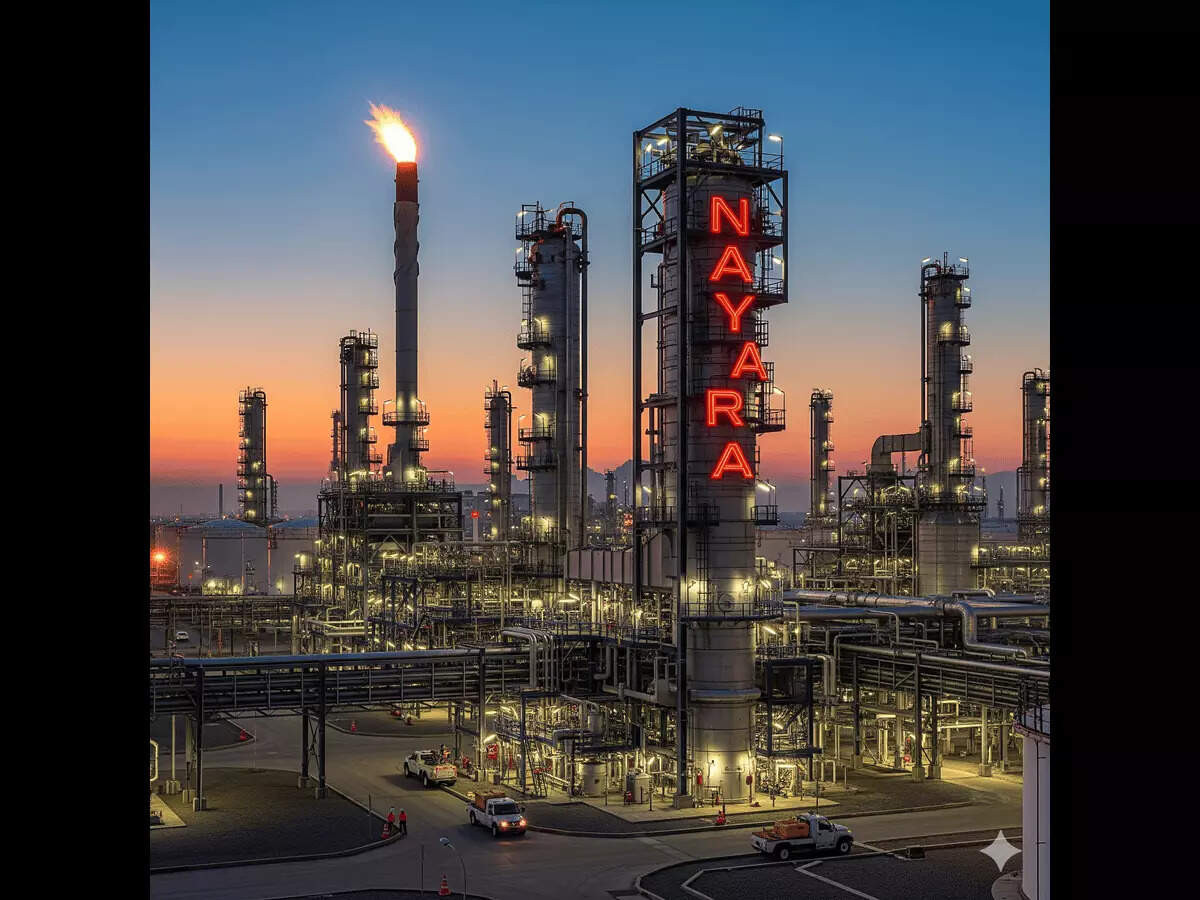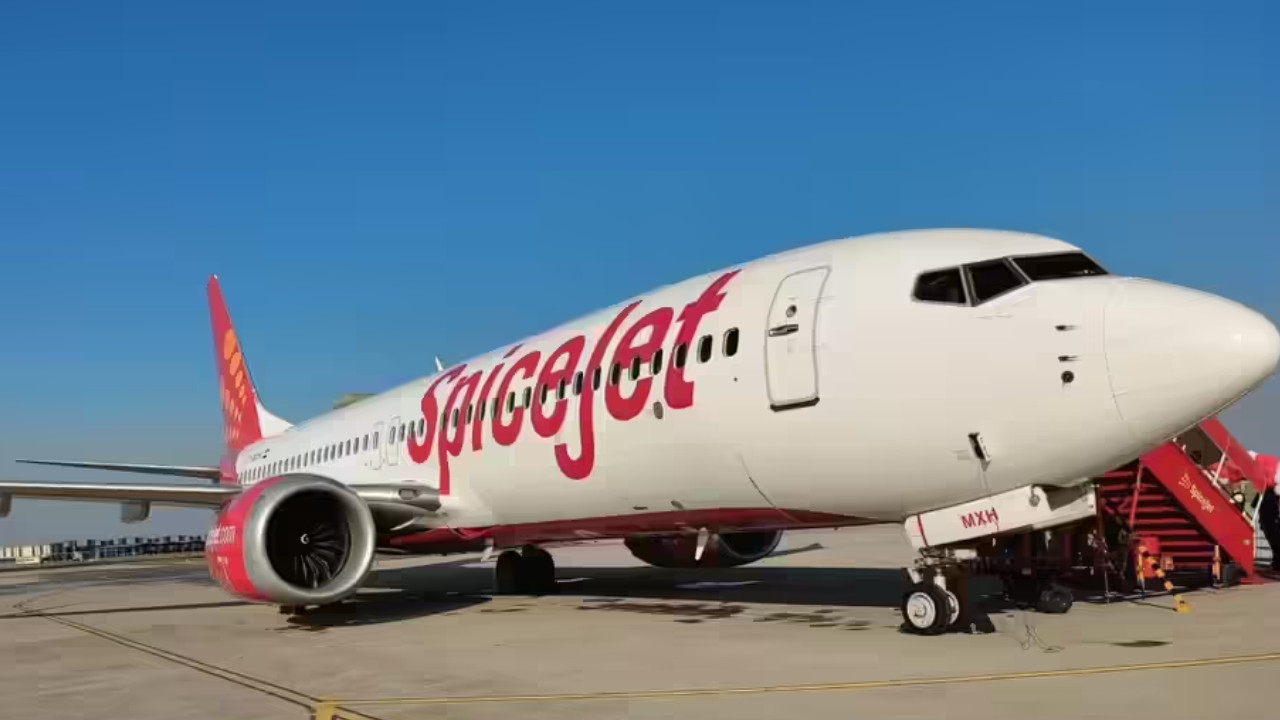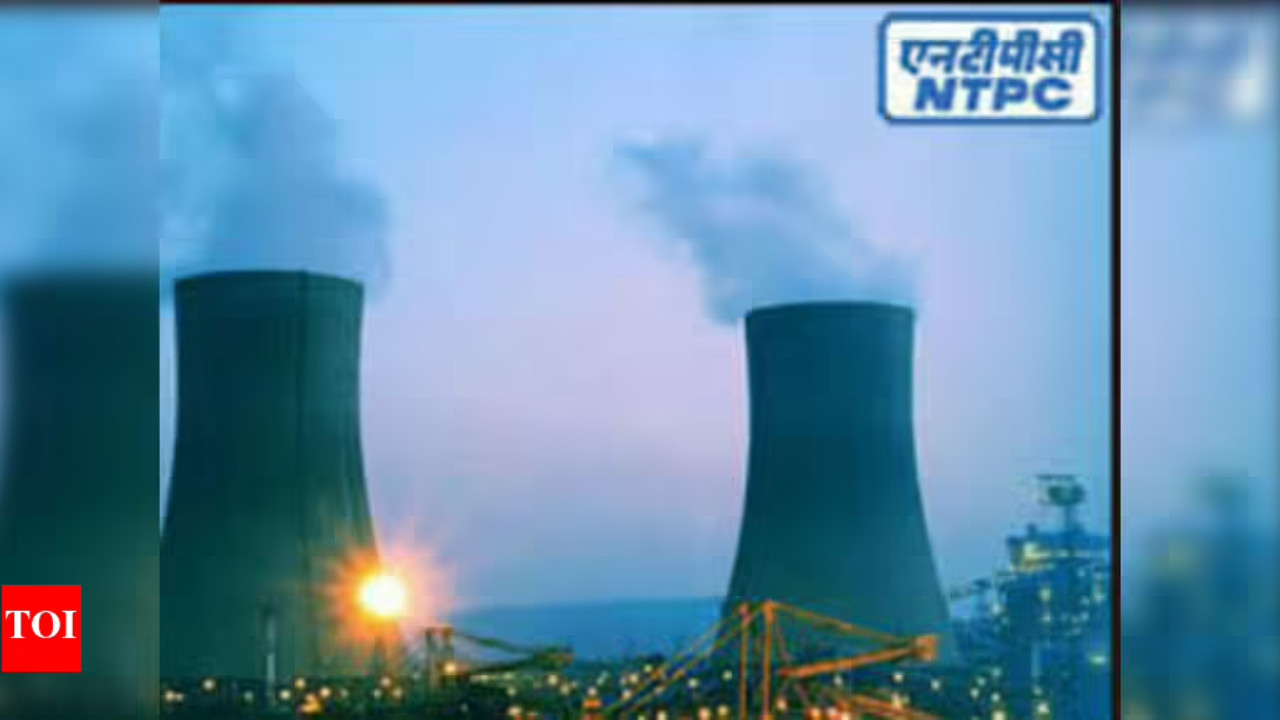Vadhvan Port Project Ltd. is set to raise approximately $3.5 billion in debt to construct India’s largest port, a $9 billion mega-project north of Mumbai. With backing from JNPA and MMB, the port aims to handle 23 million container units annually and accommodate the world’s largest container ships.
Vadhvan: India’s Deep-Sea Gamble & a Bold Vision for Global Trade
Okay, picture this: India’s coastline, usually bustling with a vibrant mix of fishing boats and smaller cargo vessels, is about to get a serious upgrade. Forget just a facelift – we’re talking major construction, a full-blown metamorphosis aimed at transforming the nation into a genuine maritime powerhouse. And the spearhead of this ambitious plan? The Vadhvan port project.
Now, the numbers being thrown around are pretty eye-watering. We’re talking about a project needing a hefty injection of capital – around $3.5 billion in debt, specifically. That’s a serious commitment, a signal that India is really serious about flexing its maritime muscles. This isn’t just about building another port; it’s about building the port. India’s largest, its deepest, and arguably, its most strategically vital.
So, what’s all the fuss about Vadhvan? Well, for starters, it’s all about depth. Existing Indian ports often struggle to accommodate the mega-ships that dominate global trade routes. These giants, the real workhorses of international commerce, need deep drafts to navigate safely, and that’s precisely what Vadhvan promises to deliver. We’re talking about depths that could comfortably dock the biggest container ships currently sailing the seas, the ones that can carry literally thousands upon thousands of containers. Think of it as building a runway long enough for the jumbo jets of the shipping world.
This deeper draft is a game-changer. It means Vadhvan can attract larger vessels, reduce transhipment delays (that irritating process of offloading cargo onto smaller ships just to reach an Indian port), and ultimately lower shipping costs. Lower costs translate to more competitive Indian exports and cheaper imports for consumers. It’s a win-win.
But the ambition doesn’t stop there. The project also involves creating significant land area through reclamation. This reclaimed land will house state-of-the-art container terminals, warehousing facilities, and the crucial infrastructure needed to support a modern, efficient port operation. Imagine acres and acres of organized chaos, meticulously managed to keep the flow of goods moving smoothly.
Think about the implications for job creation. A project of this scale will generate thousands of jobs, both during the construction phase and once the port is operational. From construction workers and engineers to crane operators and logistics managers, Vadhvan has the potential to be a significant economic engine for the region. That’s a powerful multiplier effect.
Of course, a project of this magnitude doesn’t come without its challenges. Environmental concerns are paramount. Building on coastal land inevitably raises questions about potential impacts on marine ecosystems and local communities. It’s crucial that developers prioritize sustainability and adhere to the strictest environmental regulations to minimize any negative effects. This is where the rubber meets the road – balancing economic ambition with responsible stewardship of our natural resources.
Then there’s the logistical hurdle of integrating Vadhvan into the existing transportation network. A state-of-the-art port is useless if it’s choked by inadequate road and rail connections. Upgrading these connections will be critical to ensuring the seamless flow of goods to and from the port. It’s about creating a truly integrated ecosystem where port, roads, and railways work in perfect harmony.
Looking at the bigger picture, Vadhvan is more than just a port; it’s a strategic asset. It positions India as a more significant player in global trade and enhances its connectivity with major international markets. In a world increasingly defined by complex supply chains, a port like Vadhvan is a vital piece of the puzzle.
This is where the subtle opinion comes in: personally, I think this could be huge for India. We’re at a point where strategic infrastructure investments can reshape economies, and Vadhvan has the potential to be a truly transformative project.
The timing also feels right. Global trade patterns are shifting, and India is ideally positioned to capitalize on these changes. By investing in infrastructure like Vadhvan, India is signaling its readiness to embrace a larger role in the global economy.
Now, securing $3.5 billion in debt is no walk in the park. It requires convincing international investors that the project is financially viable and strategically important. The success of this fundraising effort will be a crucial test of confidence in India’s maritime ambitions.
Ultimately, Vadhvan represents a bold vision for India’s future. It’s a statement that the nation is serious about its role in global trade and willing to invest heavily to achieve its ambitions. It’s a big bet, a high-stakes gamble on the future of Indian maritime commerce. It’s also incredibly exciting. Let’s hope that this ambitious project delivers on its promise and helps propel India to the forefront of the global trading landscape. This could be the port that truly unlocks India’s maritime potential.







